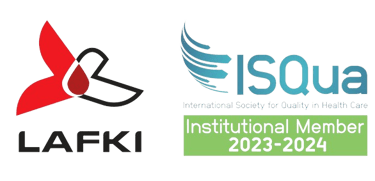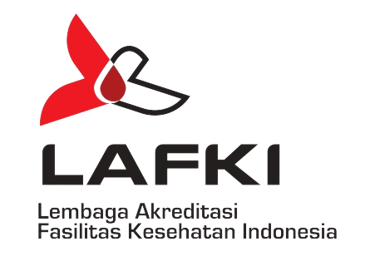FIHFAA: Critical Review of Best Practice Implementation in Primary Health Care Workforce Planning at Regional Level


The Indonesia Healthcare Facility Accreditation Agency (FIHFAA) Fellowship Program organized by the Indonesian Health Facility Accreditation Institute (LAFKI) in collaboration with Universitas Jenderal Achmad Yani (UNJANI) in 2024 aims to provide in-depth insights into best practices in regional-level primary care workforce planning. One of the learning materials presented in this program is a critical review of an article entitled "Implementing leading practices in regional-level primary care workforce planning: Lessons learned in Toronto" published in the Healthcare Management Forum journal.
The article discusses the importance of investing in capacity for implementing best practices in regional-level primary care workforce planning, which is key to supporting equitable resource distribution and health workforce placement that can meet local needs. Ontario Health Toronto and the Canadian Health Workforce Network (CHWN) collaborated to develop and operate an integrated workforce planning process to support evidence-based primary care workforce planning decisions in the Toronto region.
The resulting planning toolkit includes a stakeholder-centered planning process, including an environmental scanning tool and a quantitative planning model. The outputs of this planning process include estimates of population needs and workforce capacity and address challenges specific to Toronto, such as patient mobility, rapid population growth, and physician retirement.
The critical review of this article provides insight into the importance of inter-agency collaboration, active stakeholder engagement, and the use of robust data in health workforce planning. Support for these concepts can be found in the work of a number of scholars.
Alan R. Hinman, et al. (2013), for example, highlight the importance of equitable distribution of health resources as an integral part of access to quality health care. They assert that health workforce shortages are not just about numbers, but also about equitable distribution. This is consistent with the approach taken by the article under review, which seeks to ensure equitable distribution of primary health care resources at the regional level.
However, the critical review also identifies a number of challenges that need to be addressed in implementing best practices in regional primary health workforce planning. One of the key challenges is accurate planning modelling that is relevant to the local context. Leonard A. Friedman, et al. (2015), underlines the importance of using appropriate and relevant data in health workforce planning to achieve optimal outcomes. Implementation of best practices in primary health workforce planning also requires a deep understanding of the dynamics of the health system as a whole.
Lisa M. Given, et al. (2012), suggests that human resource planning in a health system must consider the complex relationships between factors such as public policy, finance, and social factors. Therefore, a critical review of this article highlights the need for a holistic and integrated approach in primary health workforce planning at the regional level.
The relevance of the findings in the article to the Indonesian context, especially within the framework of the Indonesian Health Facility Accreditation Agency (LAFKI), is significant. LAFKI has an important role in assessing and ensuring the standard of health services in health facilities in Indonesia. Therefore, learning from the implementation of best practices in primary health workforce planning at the regional level can help LAFKI in driving improvements in the quality of health services in Indonesia.
Overall, a critical review of this article provides deep insights into the importance of implementing best practices in primary health workforce planning at the regional level. By understanding the challenges and opportunities involved, LAFKI and other health institutions in Indonesia can improve the effectiveness of health workforce planning to support the provision of quality and equitable health services across Indonesia (Ref: Simkin, S., Chamberland-Rowe, C., Damba, C., Sava, N., Lim, T., & Bourgeault, I. L. (2023). Implementing leading practices in regional-level primary care workforce planning: Lessons learned in Toronto. Healthcare management forum, 36(1), 15–20. https://doi.org/10.1177/08404704221117263)


